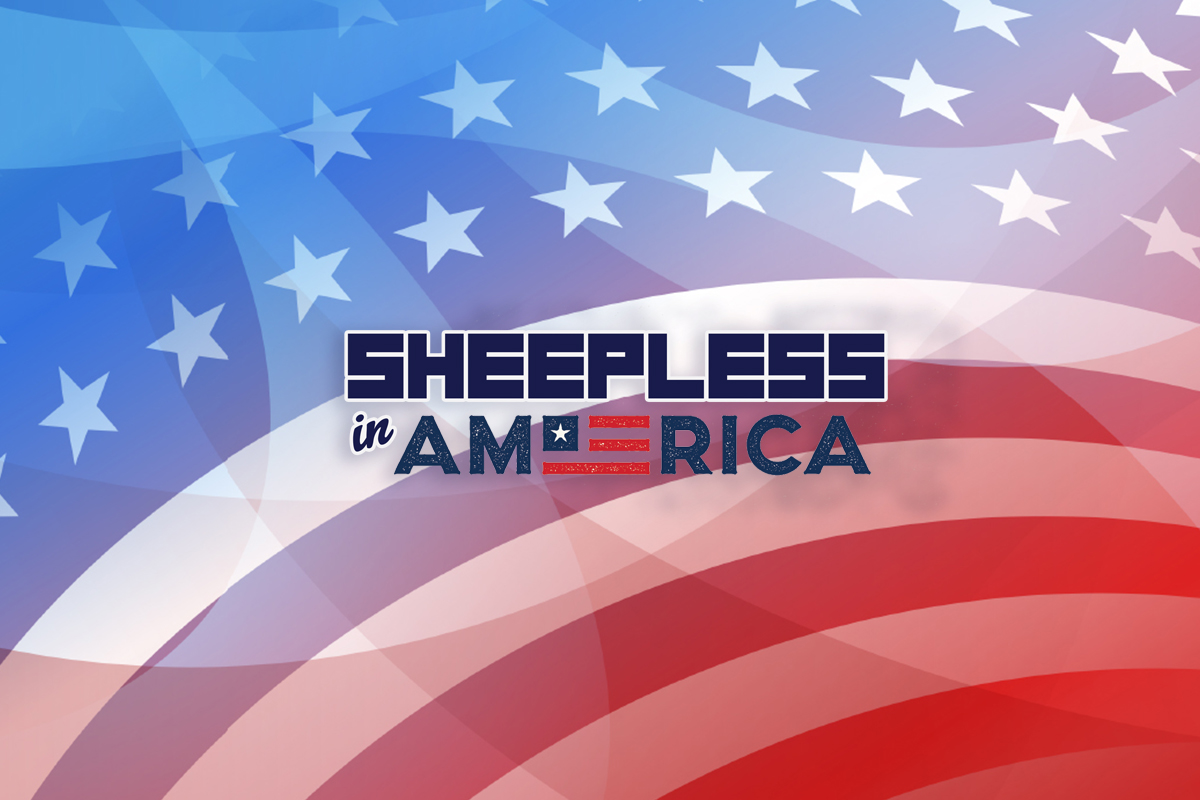Proponents of empowering parents with education choice should feel encouraged by the outcome of the midterm elections. States that went big on choice policies in the last two years overwhelmingly re-elected the policymakers who made it happen.
Opponents of education choice have long claimed that choice policies were politically unpopular. Despite polls showing high levels of public support, opponents like the teachers unions were better organized and well-funded. When they threatened politicians with electoral consequences for supporting choice policies, that was often sufficient to push fence-sitters into voting against empowering families with education choice.
But the lesson from the midterms for lawmakers inclined to support education choice is clear: Be not afraid!
In 2021, West Virginia enacted the Hope Scholarships, which are K-12 education savings accounts that families can use for private school tuition, tutoring, textbooks, online courses, special needs therapy, and more. The Hope Scholarships are available to all West Virginia students who are switching out of a public school or entering kindergarten, making it the most expansive education choice policy at the time it was enacted.
AMERICA’S SCHOOL CHOICE MOMENT CAN’T BE MISSED AT MIDTERM ELECTIONS
The bill passed without the support of a single Democrat in either legislative chamber, while Republicans were overwhelmingly in favor. If opponents of education choice were right, then Republicans should have suffered at the ballot box in West Virginia. Instead, Republicans expanded their majorities in both chambers, gaining at least six seats in the state Senate and nine seats in the state House with five races still to be decided as of this writing.
Additionally, in primary races earlier this year, three of the 10 Republican defectors with contested primaries lost their races. Support for education choice is emerging as a litmus-test issue.
New Hampshire passed the second-most expansive education choice policy in 2021, with about one-third of K-12 students eligible for Education Freedom Accounts. Gov. Chris Sununu signed them into law and was handily re-elected for a fourth two-year term by a healthy margin (57% to 42%) in a year when Democrats won re-election in the U.S. Senate race and both congressional races.
Although votes are still being counted in the legislative races, the GOP is poised to maintain its control over both chambers of the New Hampshire legislature.
PARENTS, EXPERTS SEE ‘RED UNDERCURRENT’ FROM MIDTERMS IN SCHOOL BOARD RACES: ‘PARENTS ARE FIRED UP’
Several states also significantly expanded their existing education choice policies in 2021, including Florida, Indiana, Ohio and Oklahoma. All four maintained Republican trifectas with most gaining legislative seats, while the three with gubernatorial races saw their Republican governors overwhelmingly re-elected.
Florida Gov. Ron DeSantis made education choice a signature issue, signing legislation to expand eligibility for Florida’s choice policies to more than two-thirds of students and boasting that the Sunshine State is “leading the way in school choice.” He’s right. The Heritage Foundation’s inaugural Education Freedom Report Card ranked Florida No. 1 overall and No. 3 for education choice. He won re-election by a margin of 59% to 40% and the GOP gained seats in both legislative chambers.
Support for education choice in Pennsylvania is more bipartisan than most states. In 2021, the Pennsylvania legislature adopted Senate Bill 381 to expand the Educational Improvement Tax Credit, which provides scholarships for students from low- and middle-income families. Though all six state senators in opposition were Democrats, so were about a dozen of the 41 senators voting in favor. Likewise, though all 47 votes against the bill in the state House came from Democrats, so did 43 of the 154 votes in favor. The bill was signed by Gov. Tom Wolf, a Democrat.
CLICK HERE TO GET THE OPINION NEWSLETTER
Wolf’s successor, Gov.-elect Josh Shapiro, made waves earlier this year when he endorsed Lifeline Scholarships, a policy similar to the K-12 education savings accounts in 10 other states albeit limited to students assigned to low-performing public schools. Shapiro will be one of two Democratic governors openly supporting education choice along with Illinois Gov. J.B. Pritzker, who won re-election this year after reversing his prior opposition to his state’s tax-credit scholarship policy.
In 2022, Arizona took the education choice crown back from West Virginia by expanding its education savings account policy to all children, making it the nation’s first truly universal choice policy. Now the families of all Arizona K-12 students are eligible to receive an Empowerment Scholarship Account (ESA) worth about $7,000 to choose the learning environments that work best for their children. Since lawmakers expanded ESA eligibility, more than 25,000 students have signed up for an account.
Unlike in Pennsylvania, the vote in Arizona was along party lines. Although Arizona is still counting votes, the GOP appears poised to maintain its trifecta. Moreover, an attempt by choice opponents to refer the ESA expansion to the ballot failed to garner enough signatures due to the heroic grassroots efforts of families who support education choice.
As education choice becomes more widely available to more families, policymakers are waking up to the reality that it needn’t be a partisan issue. Rather, education choice is, rightly, now being viewed not as a Democrat versus Republican cause, but as parent-oriented versus special-interest oriented. And as the 2022 midterms have just demonstrated, those who sided with parents were on the winning side of their contests.
CLICK HERE FOR MORE FROM LINDSEY BURKE
CLICK HERE TO READ MORE BY JASON BEDRICK
Jason Bedrick is a research fellow in the Center for Education Policy at The Heritage Foundation.


